Physical/Analytical Chemistry
The Physical Chemistry Division comprises highly collaborative research groups in laboratory measurement and theoretical and computational simulations that, in turn, work closely with the other divisions in the department to answer the most pressing questions in chemistry. Capabilities include state-of-the art ultrafast spectroscopic tools operating across the entire chemistry-relevant electromagnetic spectrum, molecular- and atom-scale in situ microscopes, probes for short-lived excited state species, a wide suite of bulk and surface tools applicable at all necessary length and time scales, and cutting-edge computational tools and methods for accurately describing nuclear motion and electronic structure.
Physical/Analytical Chemistry Research Areas:
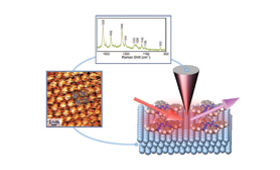 Analytical Chemistry
Analytical Chemistry
Advanced instrumentation for surface-enhanced Raman spectroscopy (SERS) detection, second harmonic generation (SHG), and vibrational sum frequency generation (SFG) • synthesis of metal organic frameworks (MOFs) as chemical sensors, and quantitative characterization of nanoparticle surfaces
Dichtel, Farha, Gaynor, Geiger, Hupp, Kelley, Mrksich, Odom, Swearer
 Biophysics
Biophysics
Electronic, magnetic, and structural properties of metalloenzymes using advanced electron spin resonance (EPR) techniques • electronic structure and dynamics of photosynthetic proteins during energy and electron transfer • utilizing quantum coherent effects in biohybrid materials • lipid bilayer-nanoparticle interactions • shape-directed protein assembly to tau prions • structuring of water to decipher surface activity • structural biology of intrinsically disordered biopolymers
Chen, Geiger, Gingrich, Han, Hoffman, Kelley, Odom, Olvera de la Cruz, Tempelaar , Wasielewski
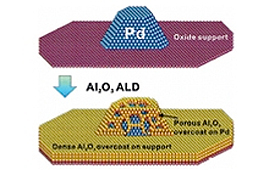 Catalysis
Catalysis
Atomic layer deposition (ALD) for the synthesis of complex oxide films • applications of Raman spectroscopy to map catalytic reactions on surfaces with high time resolution, photoreduction of CO2 using heterogeneous catalysis • nanoparticle and molecular catalysts • applications of vibrational sum frequency generation (SFG) to model heterogeneous catalysts
Farha, Gaynor, Geiger, Han, Hupp, Sargent, Schatz, Wasielewski
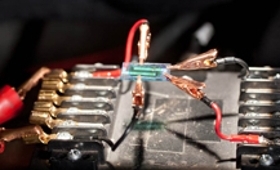 Energy Science
Energy Science
Fundamental research on controlling the migration of charge and energy for applications in organic field effect transistors, artificial photosynthesis, molecular electronics, energy storage, and the sustainable generation of fuels and chemical feedstocks
Chen, Dichtel, Farha, Gaynor, Geiger, Hupp, Kalow, Malapit, Olvera de la Cruz, Sargent, Schatz, Szleifer, Tempelaar , Wasielewski
 Environmental Chemistry
Environmental Chemistry
Molecular-level research on sustainability in energy pathways, understanding and controlling pollutant transport, atmospheric chemistry under future – possibly warmer – climates, and impacts of emerging nanotechnologies on the environment
Chen, Dichtel, Farha, Geiger, Hupp, Schatz, Wasielewski
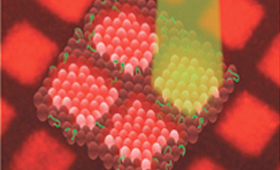 Physical Nanotechnology & Materials
Physical Nanotechnology & Materials
Synthesis of metal, semiconductor, and organic nanostructures, including quantum dots, plasmonic nanoparticles, carbon nanotubes, graphene, and self-assembled biomolecules • development of new photonic and energy conversion materials; non-equilibrium (stimuli-responsive) materials • molecular electronics, excited state dynamics of photoactive nanostructures • spin quantum resonance sensing • spin cluster engineering for hyperpolarization
Chen, Gaynor, Geiger, Han, Kelley, Odom, Olvera de la Cruz, Sargent, Schaller, Schatz
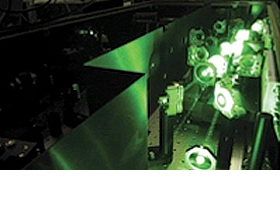 Spectroscopy
Spectroscopy
spectroscopies (CARS, SFG), and two-dimensional- photon echo spectroscopy (2D PES) • development of techniques such as single-molecule fluorescence and single-molecule surface enhance Raman spectroscopy (SERS) for the study of catalytic processes and ultrafast dynamics at the nanoscale • ultrafast X-ray transient spectroscopy and scattering methodology and application • dynamic nuclear polarization enabled quantum sensing • NMR of surface activity • pulsed dipolar EPR based structural biology of disordered proteins • high harmonic generation and attosecond spectroscopy of electron correlation in molecules and materials
Chen, Gaynor, Geiger, Han, Schaller, Swearer, Wasielewski
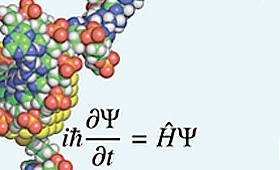 Theory & Computation
Theory & Computation
Fundamental treatment of coherence processes • highly accurate wave function methods • time-dependent dynamical studies • control of chemical reactions • structure and function of biological membranes
Gingrich, Olvera de la Cruz, Schatz, Szleifer, Tempelaar
